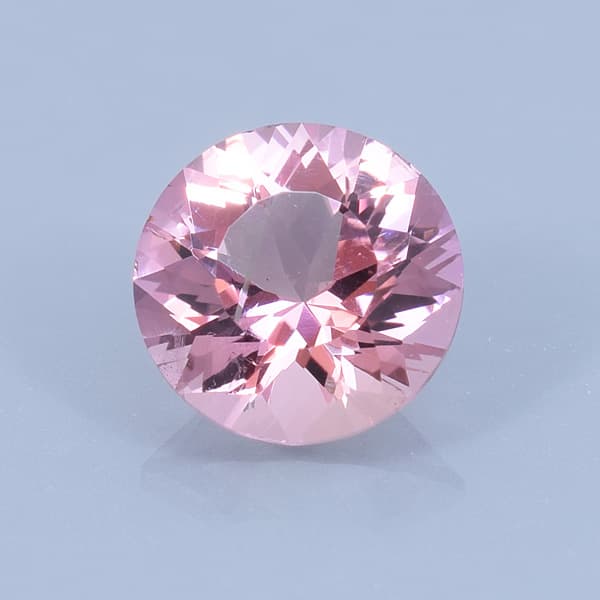Refractometer Guide, Part 3: Determining Optic Character and Recognizing Optic Effects
Learn how to determine a gem’s optic character with a refractometer and identify optical effects you may encounter during gem identification tests.
4 Minute Read
Before learning to determine optic character, be sure to review our article on using a refractometer to determine the RIs of faceted gems. You should be familiar with the instrument, procedures, and testing terminology.
Optic Character
There are five possible optic characters:
- Uniaxial positive
- Uniaxial negative
- Biaxial positive
- Biaxial negative
- Without sign
You can usually ascertain the optic character of a gem from the notes you took while testing it for double refraction. Interpret the results as follows.
Uniaxial
The gem is uniaxial if both refractive indices (RIs) remain the same in each position or if one RI remained the same and the other varied. While doing this, you should have found a position with only one RI.
If you didn’t find a place where there was only one RI, you’ll have to test the stone again on another facet. The gem won’t rest on another facet as easily as it does on its table. You’ll have to hold the facet against the hemicylinder to do this. (Be very careful not to scratch your hemicylinder! Remember to shield it from extraneous light with your free hand, too).
If…
Donald Clark, CSM IMG
Related Articles
Faceting Articles, Designs, & Pictures: Book Review
Learn to Use a Diamond Tester and Chelsea Filter (Video)
Learn to Measure Specific Gravity (Video)
Product Review, Gem Lab Refractometer
Never Stop Learning
When you join the IGS community, you get trusted diamond & gemstone information when you need it.
Get Gemology Insights
Get started with the International Gem Society’s free guide to gemstone identification. Join our weekly newsletter & get a free copy of the Gem ID Checklist!
